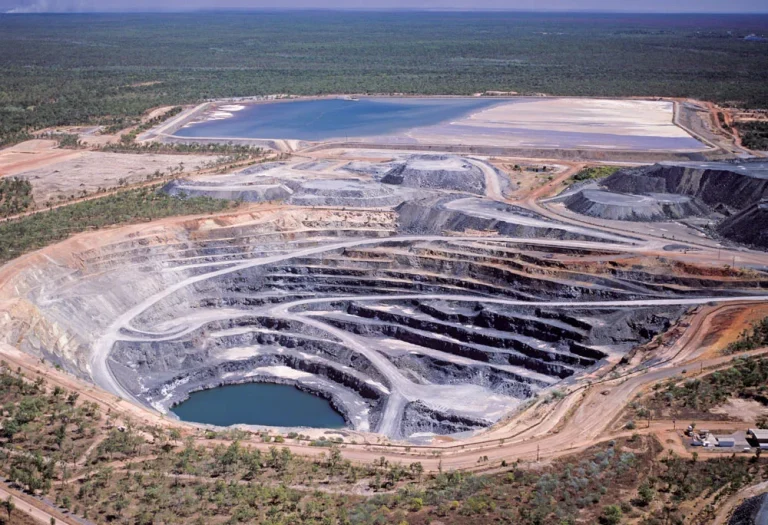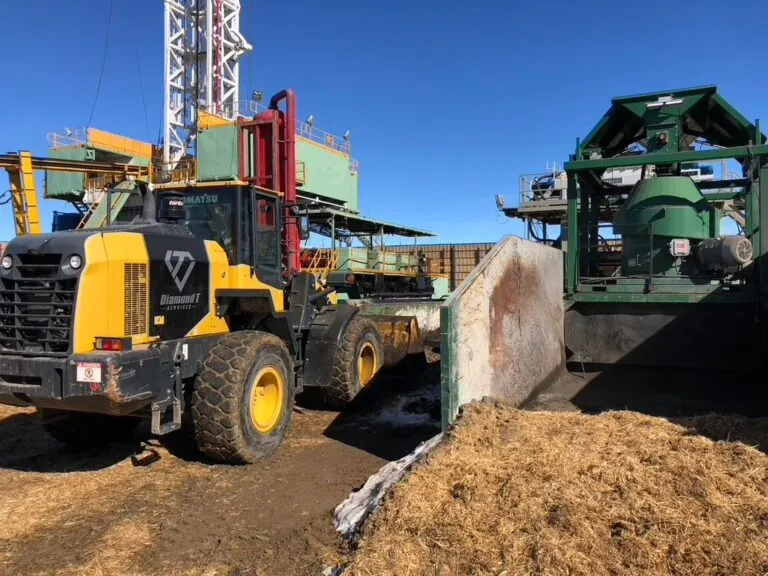Solids found in drilling fluids are either inert or active. They can also be classified as high-gravity or low-gravity based on their density.
What is Solid Content?
Solid content is the insoluble and soluble solids in drilling fluids. While drilling, the amount of solid content increases. Solid content examples are weighing agents, drilling cuttings, and chemical additives.
Solids Content Type
Active Solids –electro-chemically active, these clay-type solids possess a high-surface area with high-surface activity. They attach to each other as well as the polymers and ions in the mud.
Inert Solids – don’t intermingle electro-chemically and don’t possess substantially charged surfaces. They make active solids move closer to each other since they pile the system. This is where the viscosity issues come from. Inert, low-gravity solids aren’t necessary, but inert, high-gravity solids like barite are.
High-Gravity Solids – used as weighting substances and are typically deemed inert solids.
Low-Gravity Solids – various commercial clays and drill solids types. Can be active or inert. The most active is bentonite. Inert examples are dolomite and limestone. Shales can go from inert to active based on their water content.
Other Factors to Consider About Solids in Drilling Fluids
Rate of Penetration
The rate of penetration will decrease if there is a large amount of solids in the drilling muds. It’s not a good idea to lessen the amount of weighing agents and chemical additives since they sustain mud properties. It’s advisable to frequently eliminate drilling solids from the mud.
Surge/Swab Pressure
A high amount of solids in the mud can generate extreme surge/swab pressure. As a result, extreme surge/swab pressure produces formation fracture, partial mud loss, and lost circulation.
Solids Size
The size of solids in the mud could be massive chunks that are pushed up the annulus or minuscule size (i.e., chemical precipitates and clay platelets) so an electron-beam microscope is necessary to view them.
Regulating Drilled Solids in Drilling Fluids
Low-gravity insoluble solids are the biggest threat to the drilling fluid, gradually declining the mud properties. Moreover, separating the mud and the drilling solids is hard. If the solid particles are little in size, they can’t be separated from the mud mechanically.
It’s a good idea to test the drilled solids level in the mud two times a day because of how hazardous drilled solids are. The amount of drilled solids in the mud must remain under 6%.
One of the most critical parts of mud system control is the removal of solids. Not only does it decrease drilling costs, but it plays a role in drilling effectiveness.
Top Solids Control Provider
If you need assistance in controlling the solids in your drilling fluids, we can help. As the top solids control provider in Colorado and various locations around the U.S., our specialists will evaluate the essential quality of your drilling fluids and regulate them to peak levels.
Reach out to us for more information on working with Diamond T and the services we provide.






